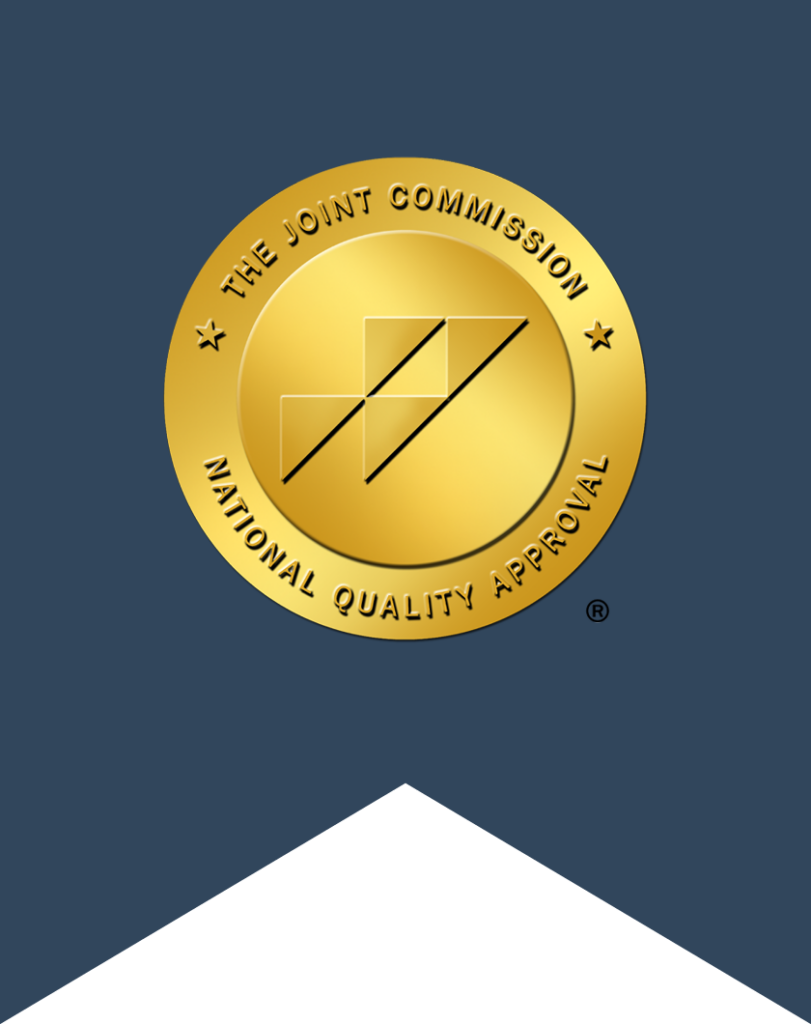How the Disease Model of Alcoholism was Born
Prior to the middle of the 20th century, addiction and alcoholism were largely considered moral failings. The disease model of alcoholism had yet to be proposed by anyone in the western world. Addiction to alcohol or anything else was seen as nothing more than a lack of willpower, discipline or character.
It was said a man “couldn’t hold his liquor” if he drank to excess. Someone who was dependent on other substances was often treated with even more disregard. Despite this, there have always been people who understood there was more to the story. There had to be.
How else could you explain why a person who was disciplined and responsible in every other area of their life could succumb to addiction or alcoholism, while others could drink, or even use drugs in moderation? There had to be a difference in some people which could not be explained away by mere “willpower” and discipline.
Humble Beginnings for a Powerful Idea
It wasn’t until Dr. William Duncan Silkworth of New York City’s Towns Hospital proposed a different idea that the general public began to reconsider the commonly held view of alcohol addiction at the time. Today the building at 293 Central Park West in Manhattan that was once Towns Hospital has been repurposed as high-end apartment units, but the disease model of alcoholism that Dr. Silkworth proposed lives on.
It’s easy to understand why the disease model of alcoholism has survived. It simply makes sense and there is ample evidence to support it. It began when Dr. Silkworth, who was running a clinic for alcoholism at Towns Hospital (what we call a detox today) became frustrated by the woeful relapse rate.
As a physician, Dr. Silkworth desperately wanted to help his patients. And he did, for a time. More often than not, they would return time and time again in ever worse shape.Many of the most serious cases would end up succumbing to Wernicke-Korsakoff syndrome, also known as ‘wet brain’ or die early deaths due to cirrhosis, alcoholic hepatitis or other illnesses as a direct result of their alcoholism.
Stronger Together and Moving Past Stigma
Fate seemed to intervene when Dr. Silkworth became acquainted with two men who were working hard to reform their fellow alcoholics. A former stockbroker, washed out by The Great Depression by the name of Bill Wilson and an Ohio physician called Dr. Bob Smith. These men were both alcoholics of the same tragic variety described earlier, but together, with the help of the precepts of the Oxford Group and the writings of Emmet Fox, they had managed to help each other stay sober for more than a year. What’s more, these men were helping other formerly hopeless alcoholics do the same.
The three men worked together and Dr. Silkworth explained his disease model of alcoholism, which suggested that alcoholism is a chronic, progressive disorder characterized by physical and psychological dependence on alcohol. The model posits that the disease affects all aspects of an individual’s life, including relationships, work performance, and health. It also implies that individuals who struggle with alcohol addiction are likely to experience recurrent relapses unless they seek treatment and support.
This model differs from other explanations of alcoholism because it removes the stigma associated with addiction. Rather than viewing alcoholism as a lack of control or moral failing, this approach considers it to be a complex medical condition with biological and environmental factors at play. In fact, research has shown genetic and neurological components contributing to the development of this disorder.
Understanding the Disease Model of Alcoholism and Addiction
The idea of alcoholism as a disease met resistance at first. In fact, it still does in some circles. Some people mistakenly see it as a ‘cop out’ or a way of the alcohol or addict shirking responsibility for their own actions. Nothing could be further from the truth however. Recognizing the nature of addiction is what finally gives the sick and suffering addict and alcohol a way forward. Anyone who has worked a program of recovery knows that real recovery is the exact opposite of shirking your responsibility. Recovery is about accountability, honesty, gratitude, charity and willingness.
People who recognize the disease model of addiction and follow a program of recovery based upon the 12 steps of Alcoholics Anonymous accept their powerlessness over addiction. But that doesn’t mean giving up. It means recognizing that recovery requires a power greater than themselves. Put another way, they accept that their own willpower isn’t enough to keep them sober. They’ve proved that to themselves over and over again, after all. Instead, they dedicate themselves to self-improvement through a system of introspection, amends making and helping others to do the same.
How the Disease Model of Alcoholism Finally Caught On
It was slow going at first, but by the 1950s, the disease model of alcoholism was entering the mainstream consciousness. Several significant milestones mark its progress. In 1941, Jack Alexander of The Saturday Evening Post, one of the most popular magazines in the country published an article titled “Alcoholics Anonymous: Freed Slaves of Drink, Now They Free Others”. The impact was greater than anyone could have imagined.
The AA organization which was then composed of just a few loosely organized meetings in New York and Ohio was suddenly a part of the American zeitgeist. The whole country was hearing about these people who had found a way to reform the seemingly hopeless alcoholic. In 1956, the American Medical Association formally recognized alcoholism as a disease. By then the Alcoholics Anonymous organization founded in 1935 had millions of members worldwide.
The Concept of Addiction as a Disease in the 21st Century
Today the disease model of alcoholism and addiction is widely accepted. It is seen as a useful perspective for understanding and treating addiction because it emphasizes the importance of medical treatment, therapy, and support services to help individuals manage their alcohol and/or drug use.
Through preventative measures such as early intervention and continual monitoring, the disease model helps reduce the severity of symptoms associated with alcohol and drug dependence. Combined with the 12-step program of recovery, it has given millions of people suffering with addiction a way out and a system for living that really works.
Help for Alcohol and Drug Addiction is One Call Away
Destination Hope is one of America’s most trusted drug and alcohol treatment centers. For more than 20 years we have been helping people recover from a seemingly hopeless state of mind and body and live better lives. We can help you or the one you love too, all it takes is a phone call to put the transformation in motion. Make that call today. (954) 302-4269

